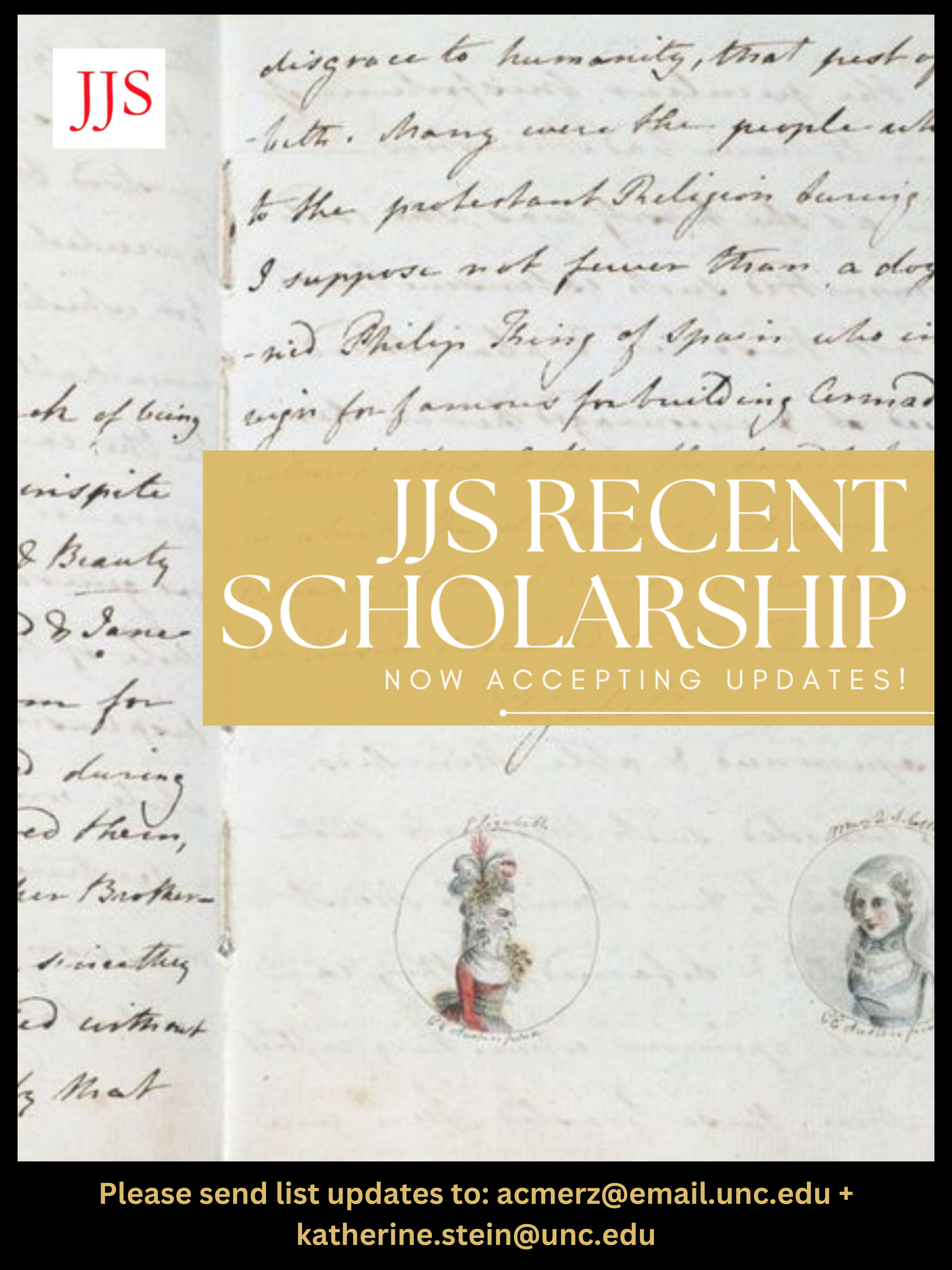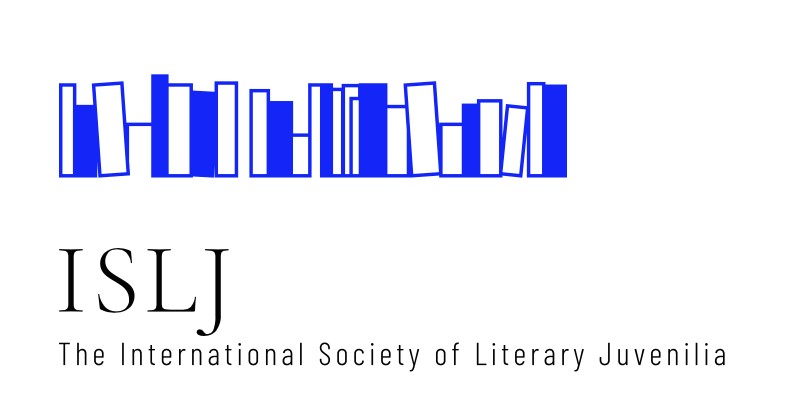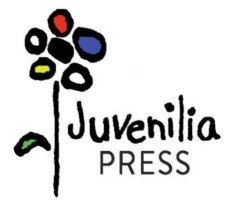Becoming Acton Bell
DOI:
https://doi.org/10.29173/jjs87Keywords:
Anne Bronte, literary juvenilia, Victorian literatureAbstract
This discussion considers how Anne Brontë’s juvenile productions--her poems and drawings executed before the age of nineteen--anticipate the themes and manner of her adult novels, published as the work of Acton Bell. In setting age nineteen as the upper boundary for her juvenilia, I choose an age somewhat earlier than we usually think of juvenilia, because at age nineteen Anne in effect moved into the adult world by taking a job to support herself as a full-time governess for the Ingham family, moving away from home to educate children who were not her relatives. I do not mean to approach the juvenilia material in a teleological way, implying that Anne was developing toward a goal which we can now discern through the gift of hindsight. Rather, I want to examine what the surviving material objects—the juvenilia drawings and poems--reveal, and then ask how these perspectives persist into the adult writings. In considering the juvenile writings and drawings in terms of what they reveal about Anne’s adult novels, I am preoccupied with "things" that she employed in her writing and visual art to convey meaning, such as trees and shrubberies in her early drawings, or birds and dogs.
Downloads
Published
Issue
Section
License
The Creative Commons Attribution-Noncommercial-No Derivatives 4.0 International license applies to all works published by the Journal of Juvenilia Studies and authors retain copyright of their work.
![]()



.jpg)
 Dedicated to the discussion and promotion of literary works by young writers
Dedicated to the discussion and promotion of literary works by young writers

